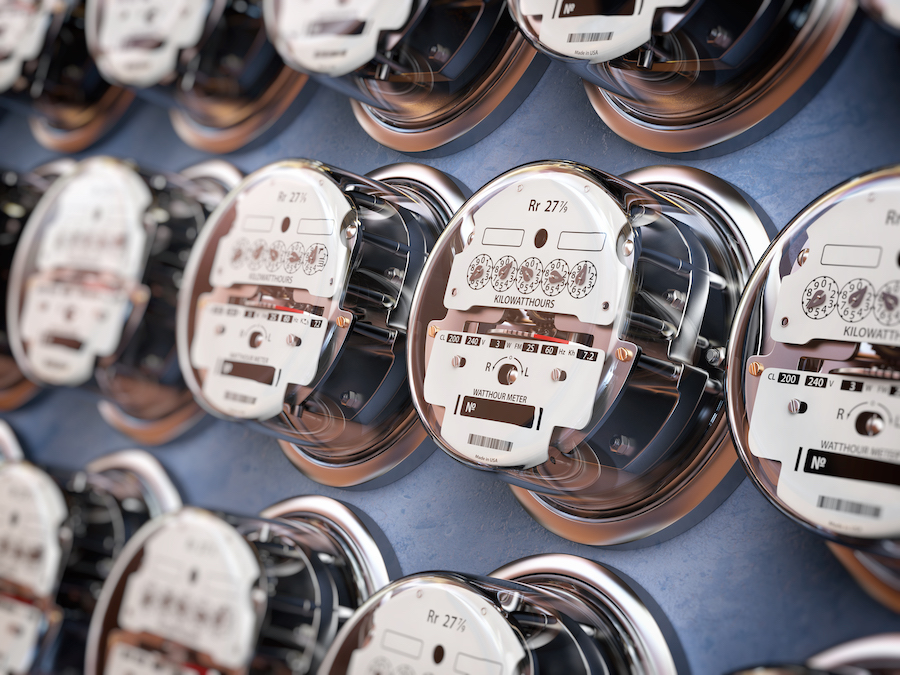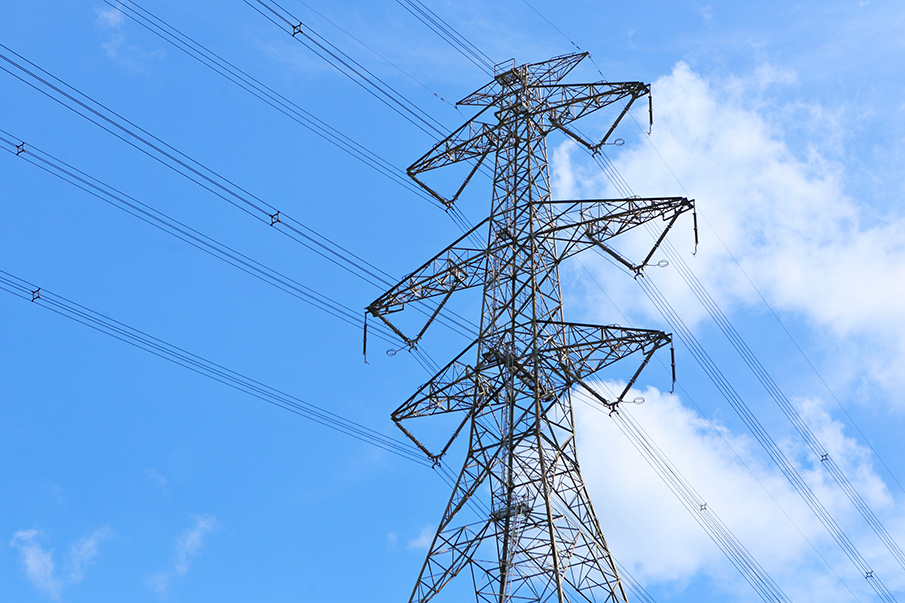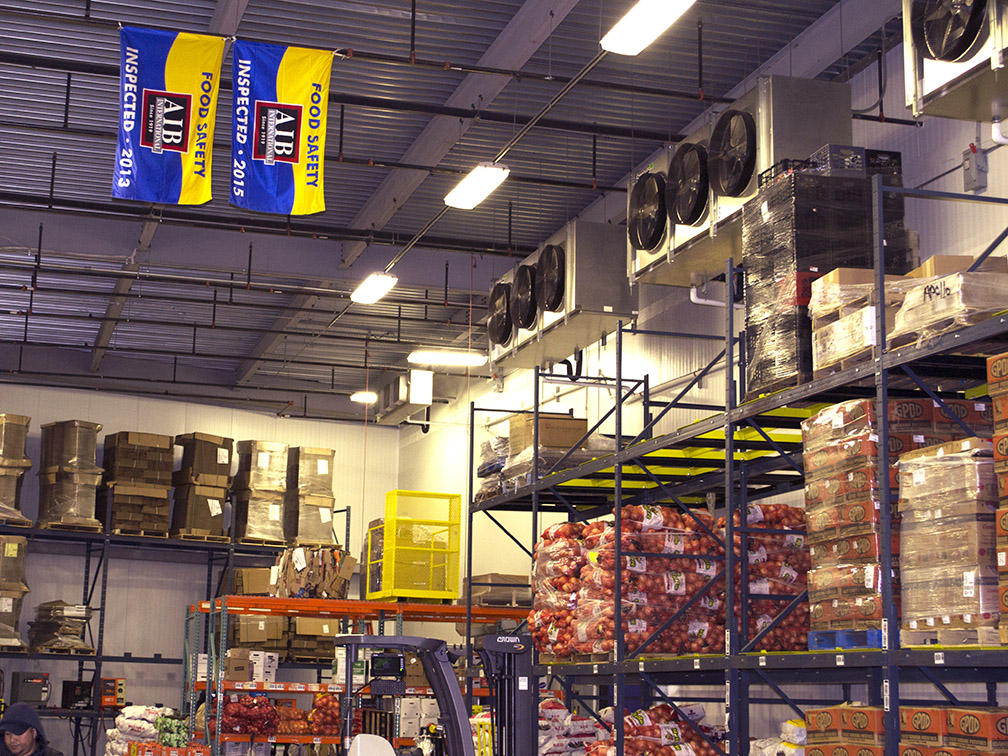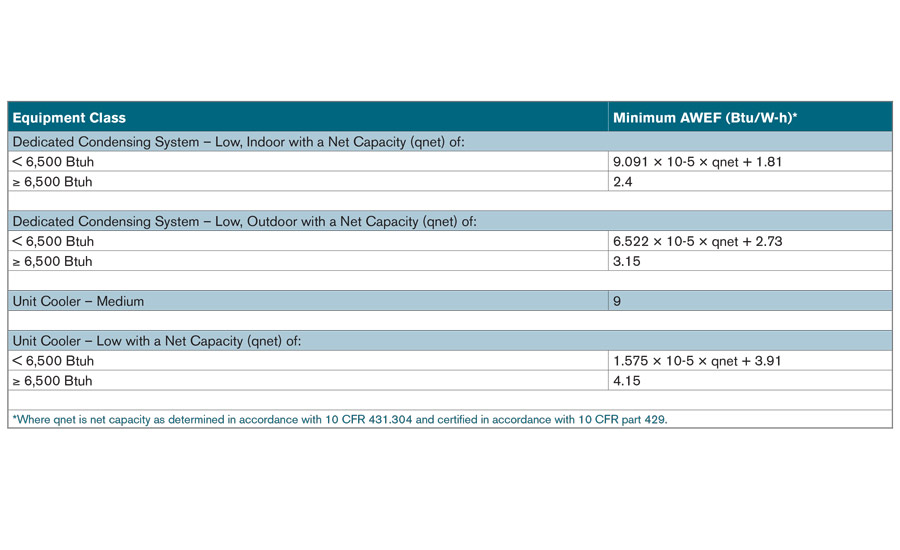As we roll through the dog days of summer, air conditioners are working hard everywhere, and businesses with refrigeration systems are scrimping pennies to battle the heat to maintain temperature in their cold spaces. Whether the walk-in coolers (or freezers) are storing soft drinks, fresh produce, or frozen proteins, specific temperatures need to be met for the perishable products to remain safe. Naturally, this means we really notice how much the utility charges us during this time.
But have you ever wondered how it compares to your neighbors? Or if your utility provider offers any type of service/program to deliver some financial relief?
Last month, the financial website Wallethub, released an analysis of each state’s energy costs.
Here’s how they came to their conclusions:
“In order to determine the most and least energy-expensive states, WalletHub compared the average monthly energy bills in each of the 50 states and the District of Columbia using the following equation:
(Average Monthly Consumption of Electricity * Average Retail Price of Electricity) + (Average Monthly Consumption of Natural Gas * Average Residential Price of Natural Gas) + (Average Monthly Consumption of Home Heating Oil * Average Residential Price of Home Heating Oil) + (Average Motor-Fuel Price * (Miles Traveled/Average Motor-Fuel Consumption/Number of Drivers in the State)) = Average Monthly Energy Bill in the State“
But what we’re most interested in are the average retail prices of electricity.
And what are some of the factors that most influence that final cost for consumers?
“Many factors affect the energy prices in a given state,” says Harrison Fell, Senior Research Scholar, SIPA Center on Global Energy Policy, Columbia University. “For electricity, these factors include state and local taxes, state energy and environmental policies, market regulation and design, the generation mix across fuel types, and access to generation fuels.”
The perfect example of this is Hawaii, which ranks high across-the-board in energy costs. Because they’re an island, the raw materials needed to produce energy have to literally be boated or flown in to the state. This will, of course, trickle down to the consumer.
On the flip side, some states with high taxes, aggressive environmental policies, and costly electricity have begun implementing residential and commercial programs to “buy back” some of the excessive energy spend in their areas. Places like Massachusetts and New Jersey, for example, simply don’t have the real estate to build more energy infrastructure (power plants do not have tiny footprints), and so they must find other ways to ease their energy burdens.
So where can you expect to foot a hefty electric bill?
- Hawaii
- Alaska
- Massachusetts
- Connecticut
- California
- New Hampshire
- New York
- Rhode Island
- Vermont
- Maine
The rest of their findings can be found here: https://wallethub.com/edu/energy-costs-by-state/4833. And a list of 2021 electric prices can be found here: https://www.electricchoice.com/electricity-prices-by-state/
As far as tips to reduce energy spend, Mark Alan Hughes, Ph.D. – Professor of the Practice, Weitzman School of Design; Faculty Director, Kleinman Center for Energy Policy – University of Pennsylvania, believes a practical, pragmatic approach is best. “Think in terms of conserve, improve, invest,” he says.
“Conserve by using choices and behaviors to save money. Improve by upgrading the performance of your energy consumption—automate your behavior with a programmable thermostat. If your utility has time-of-use variable electricity rates, schedule energy-intensive activities to off-peak times. Participate in efficiency incentives that produce longer-run savings in energy. Finally, invest in playing a whole new role in the energy system by changing from a consumer to a prosumer (producer and consumer) by building your own capacities to produce and even sell energy.”
In some of the states with high electric costs, there are already incentive programs like the ones Mark Hughes mentions, with more states considering similar programs all the time.
For your commercial electric costs associated with refrigeration systems, NRM can help secure those incentives for you.




